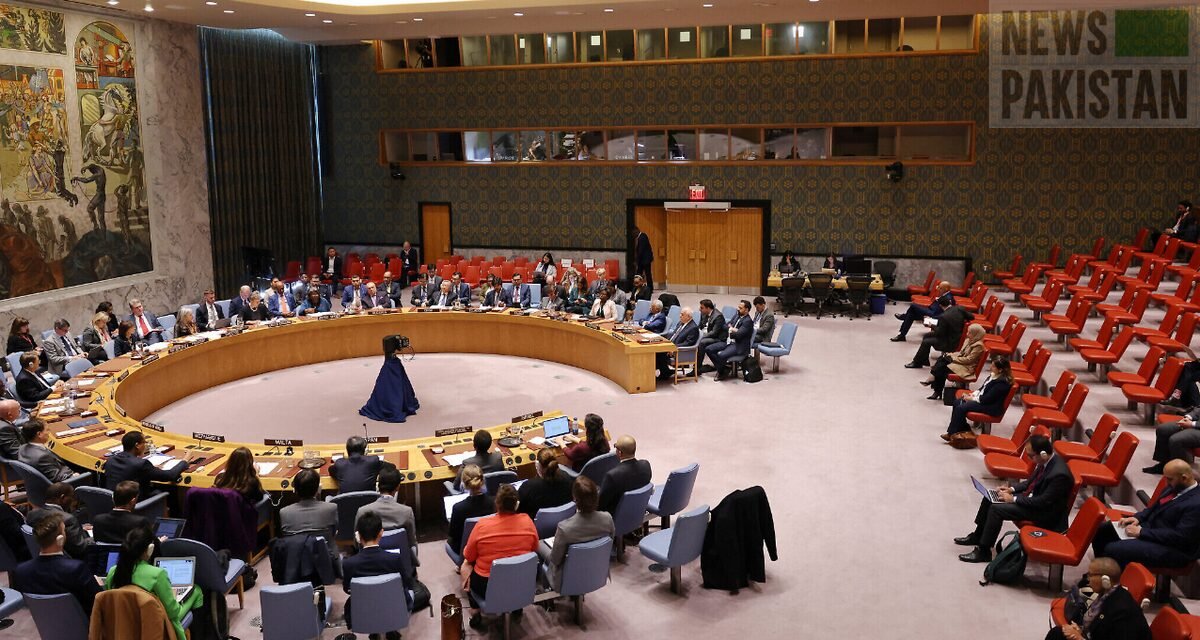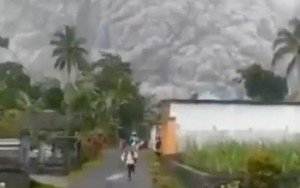GILGIT-BALTISTAN: Well-to-do hunters pay a handsome amount of money to get a license to hunt Ibex (locally called markhor) here.
Introduced in 1990, this program has now become a vital source of income for local communities with GB government earning millions of dollars since then for the common good of local communities.
Markhor is the most precious trophy hunting animal attracting around US$ five million since 1990 of which major chunk was spent on ameliorating the lot of common people.
“From 1990 till 2023, around US$ five million were generated through trophy hunting of markhor alone, of which US$ 4.3 million has been invested in social, economic and environmental development of local communities,” informed Rashid Minhas a GB based conservationist.
“Using about 30% of revenue, local communities grow fodder and plants, vaccinate livestock to prevent disease transmission from domestic to wild animals, conduct cattle breeding campaigns, maintain joint watch-and-ward systems for wildlife protection against poaching and improve design of corrals in pastures,” he revealed.
Remaining 70%, he said, is spent on socio-economic development like repairing irrigation channels to community school buildings, basic health units, educational stipends and scholarships, soft loans to women for micro businesses, and improving farm-to-market connectivity.
Rashid Minhas suggested a transparent auditing process and private sector involvement to enhance effectiveness and ensure sustainability to nail the criticism regarding management issues.
Three decades ago a complete ban was imposed on hunting in Gilgit Baltistan to conserve species like Markhor leading to positive results.
Later on recognizing the need for a balanced approach Syed Yahya Shah a local political leader proposed community-based trophy-hunting program seeking comments from experts and organizations like IUCN and WWF-Pakistan.
These International bodies unveiled a government regulated proposal in 1989 that finally gave birth to first community-based trophy hunting program in Gilgit-Baltistan.
Implemented by Gilgit Baltistan Parks and Wildlife Department, the program significantly reduced poaching, increased markhor, blue sheep and ibex populations and designated over 30% land as community conservation areas.
The hunting season is carefully regulated from November to April under specific rules of Gilgit Baltistan Wildlife Act 1975.
For 2023-24 season, the government auctioned permits for four Astor markhors, 12 blue sheep and 88 ibexes with second-highest markhor permit sold for US$181,000, followed by another at US$177,000.
Additionally, eight international permits for blue sheep were auctioned between US$26,000 to US$35,000. Local hunters also participated with the highest price for a blue sheep permit being Rs 1,800,000 ($6,440) and Rs 1,100,000 ($3,935) for hunting an ibex
“The success of well-managed trophy hunting programs worldwide highlights their positive impact on wildlife management,” remarked Dr. Raja Abid Ali, a known conservationist and head of Central Karakorum National Park (CKNP).
“By promoting positive attitudes toward wildlife and preventing poaching, conservation can go hand-in-hand with responsible hunting.”
He said as the program goes on, the call for transparent management, private sector involvement and equitable benefit-sharing remains crucial.
“We emphasize protection of local livelihoods by ensuring that benefits of these initiatives reach the communities who are aimed to protect.”
It is evident that trophy hunting has become a crucial source of revenue for “Community Managed Conservation Areas” and the supervising government department.
By now there are more than 50 designated community conservation areas, covering 30% land (around 21,750 sq km) of total area of Gilgit-Baltistan.
This mutually beneficial trophy-hunting program exemplifies that how much sustainable can be the use of natural resources if any program is executed with communities involvement for a common good.
Community-based trophy hunting initiative has emerged as a pioneering model, successfully intertwining conservation efforts with sustainable development.
Spearheaded by local leaders and supported by international organizations, this program has revived wildlife population also becoming a crucial economic lifeline for communities involved.
Dr. Mayoor Ahmad, a famous conservationist who worked for conservation of Astore Markhor and other endangered species in Gilgit Baltistan also acknowledged positive impact of trophy hunting that earned living for local people and raised awareness for protecting endangered animals.
“The story of community-based trophy hunting in GB serves as an inspiring example as to how conservation and livelihoods could coexist for the benefit of people and nature,” he stated.
Dr. Mayoor Ahmad said that major chunk of trophy hunting funds go to local communities who utilize this money for education, health and development projects.
Auctioning of hunting permits, as seen in 2023-24 season, underscores its economic significance with the revenues flowing to communities and the government for use in developmental projects ranging from education and healthcare to infrastructure and wildlife protection.
By implementing strict regulations like hunting mature animals, the initiative effectively curbed poaching and contributed to flourishing of species like Markhor, blue sheep and ibex.
This saga serves as an inspirational testament to harmonious coexistence of conservation and livelihoods proving that careful management of natural resources can benefit both the people and the nature.
Newspakistan.tv/APP











Pingback: First Int'l Day of Markhor is being observed on 24th May - Home - News Pakistan TV